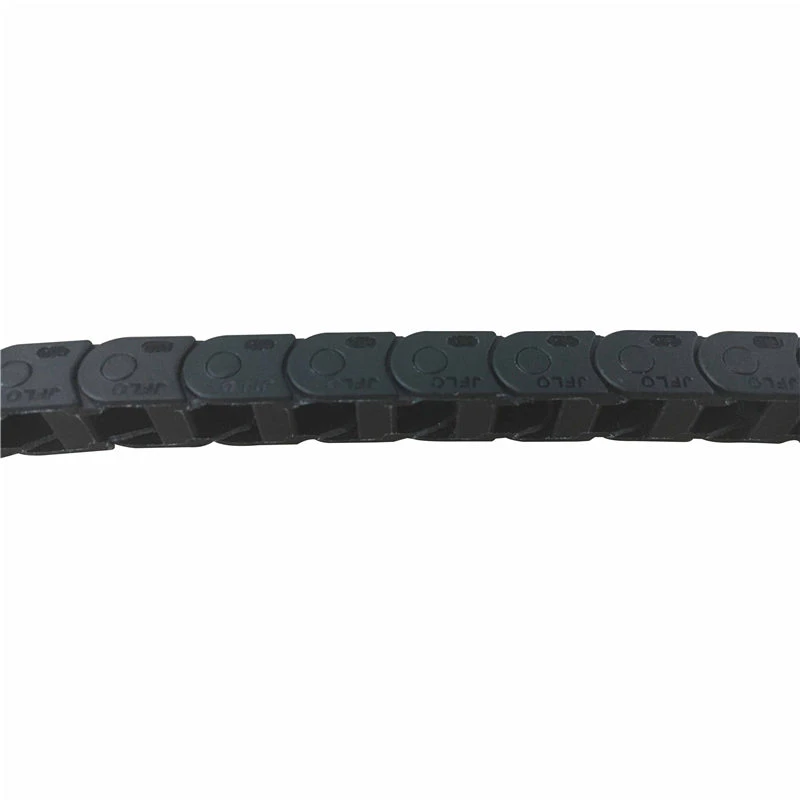Different Types of Chip Conveyors for Efficient Material Handling
Understanding Chip Conveyor Types A Key Element in Manufacturing Efficiency
In the manufacturing sector, particularly in machining environments, chip management is an essential component of operational efficiency. Chips generated during the cutting and machining processes can lead to downtime, reduce productivity, and cause equipment damage if not properly managed. Chip conveyors play a crucial role in the effective handling and removal of these byproducts. This article will explore the various types of chip conveyors commonly used in manufacturing processes and their respective advantages.
1. Drag Chain Conveyors
Drag chain conveyors are an effective solution for moving metal chips, particularly in environments where heavy and bulky chips are produced. This type of conveyor utilizes a chain loaded with flights that drag the chips along a trough. The strength of the chain allows it to handle large volumes of heavy chips without risk of damage. One of the main advantages of drag chain conveyors is their ability to operate in both horizontal and inclined positions, providing flexibility in design and installation. Additionally, they are often designed for continuous operation, which helps maintain productivity.
2. Magnetic Conveyors
Magnetic conveyors are well-suited for transporting ferrous chips and metal shavings. These conveyors employ powerful magnets to attract and hold metal materials, allowing for smooth transport without the risk of spillage. The non-contact nature of magnetic systems minimizes wear and tear, prolonging the life of the equipment. Moreover, magnetic conveyors can effectively handle a variety of chip sizes and types, making them versatile for different manufacturing settings.
3
. Screw Conveyorschip conveyor types

Screw conveyors are another commonly used type in machining operations. They consist of a helical screw that rotates within a tubular casing, propelling chips along the conveyor path. One of the significant advantages of screw conveyors is their ability to convey materials at any angle, including vertical paths. This feature makes them ideal for compact spaces where horizontal movement isn’t feasible. Additionally, screw conveyors can easily accommodate various chip shapes and sizes, providing a practical solution for diverse machining applications.
4. Belt Conveyors
Belt conveyors are characterized by a continuous loop of conveying material (the belt) and are widely used due to their simplicity and ease of maintenance. They can effectively transport a range of chip sizes and types across horizontal distances. One of the notable benefits of belt conveyors is their ability to integrate with other machines, facilitating an efficient flow of material from one process to another. Furthermore, they can be fitted with screens or filters to prevent smaller debris from being transported along with the chips.
5. Vacuum Conveyors
Vacuum conveyors are a modern solution for chip removal that utilizes suction to transport chips from the source to the disposal area. This type of system is particularly advantageous in environments where cleanliness and hygiene are paramount, as it minimizes the risk of chip spillage. Vacuum conveyors also reduce noise levels associated with traditional conveyor systems and can help in reducing the labor required for manual chip removal.
Conclusion
Selecting the appropriate type of chip conveyor is vital in maintaining smooth operations and enhancing productivity in a manufacturing facility. Each type of conveyor—be it drag chain, magnetic, screw, belt, or vacuum—offers unique benefits tailored to specific manufacturing needs. Understanding the characteristics and advantages of these systems can assist manufacturers in making informed decisions that ultimately contribute to improved efficiency, reduced downtime, and a more organized production environment. As industries evolve and incorporate advanced machining techniques, the significance of effective chip management strategies, including the implementation of suitable conveyor types, remains paramount.








